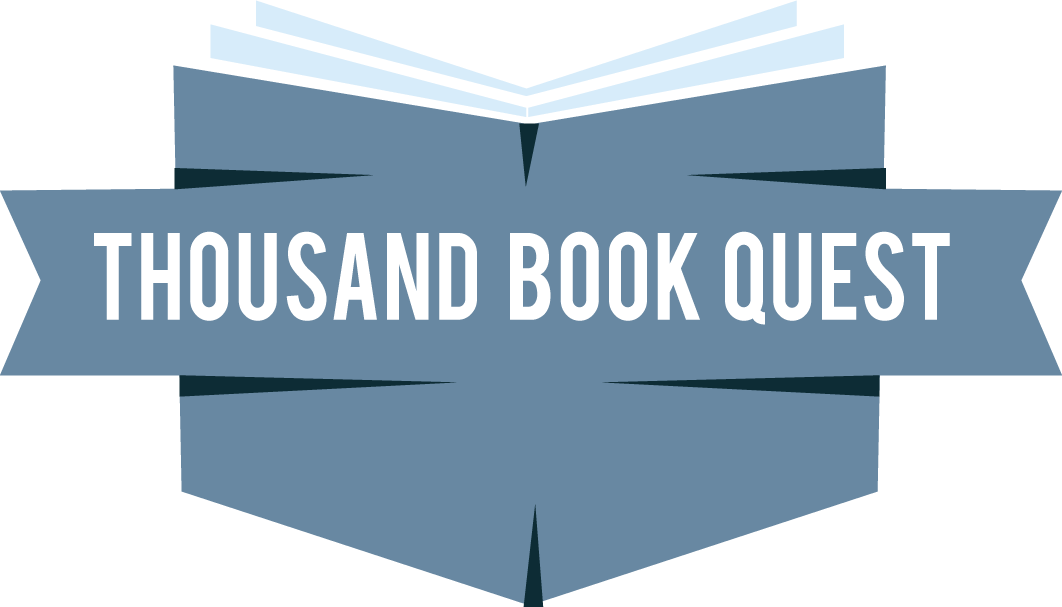529. The Secret Life of Groceries: The Dark Miracle of the American Supermarket
Rating: ☆☆☆☆
Recommended by:
Author: Benjamin Lorr
Genre: Nonfiction, Public Policy, Nutrition
336 pages, published September 8, 2020
Reading Format: Book
Summary
The Secret Life of Groceries is a behind the scenes investigation into the human lives that contribute to the modern miracle of the American grocery store. Lorr looks at what it takes to stock and run an American supermarket, from the truck drivers who deliver the food, to the entrepreneurs who develop new food products, the managers and employees who run the operation to the foreign exporters who engage in human rights violations to produce cheap shrimp. Lorr reports on all of these issues and more by embedding himself alongside the people he is reporting on. He delivers a first hand account that contributes to a much greater understanding of how our grocery store industry operates.
Quotes
My Take
I could not put this book down. Benjamin Lorr is a very talented writer and has a lot to say in this expose on the American grocery store. The Secret Life of Groceries opened my eyes to all of the good and the bad that goes into stocking the shelves of the average American supermarket. I will never look at them the same way again. Well worth a read.
